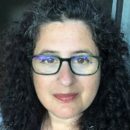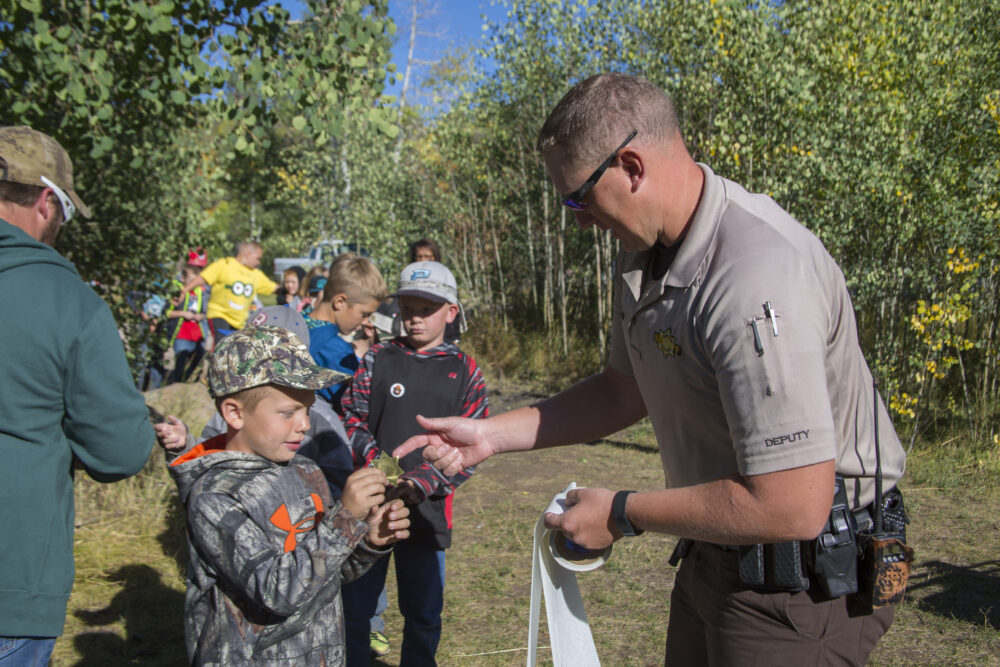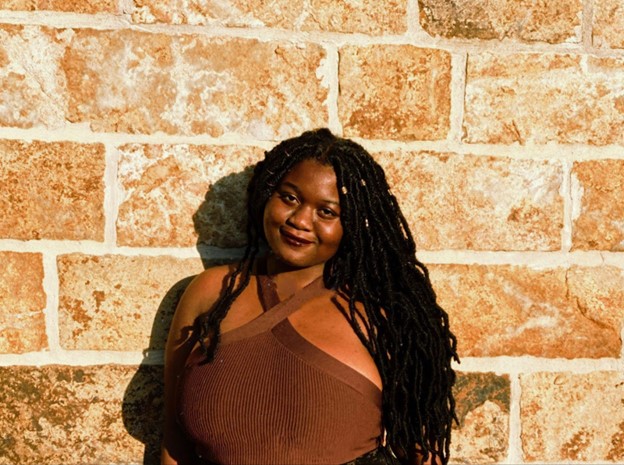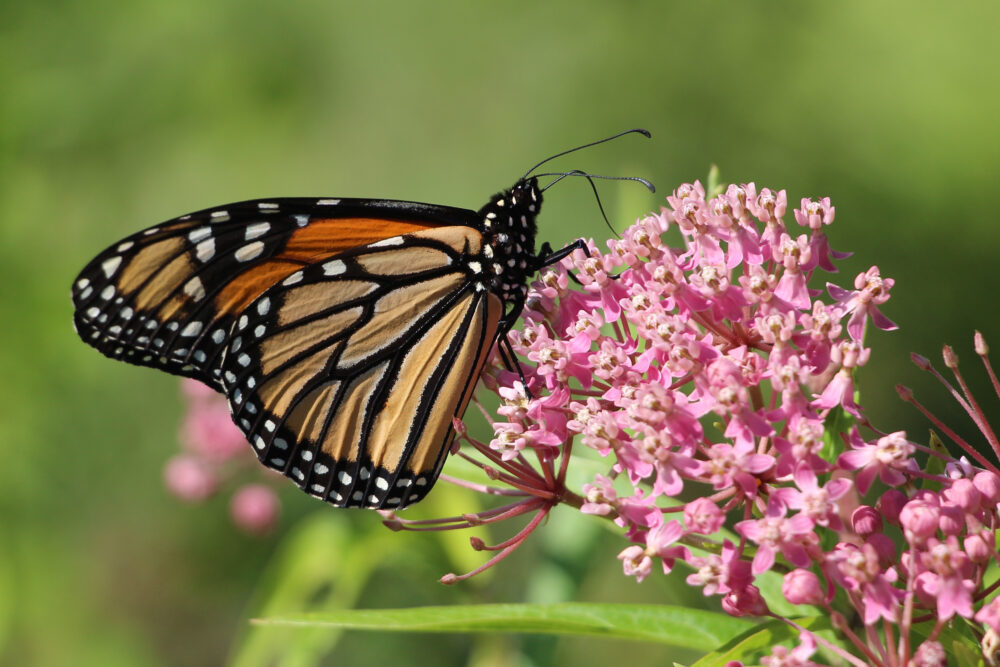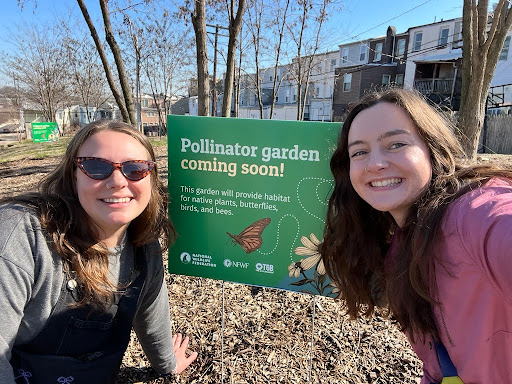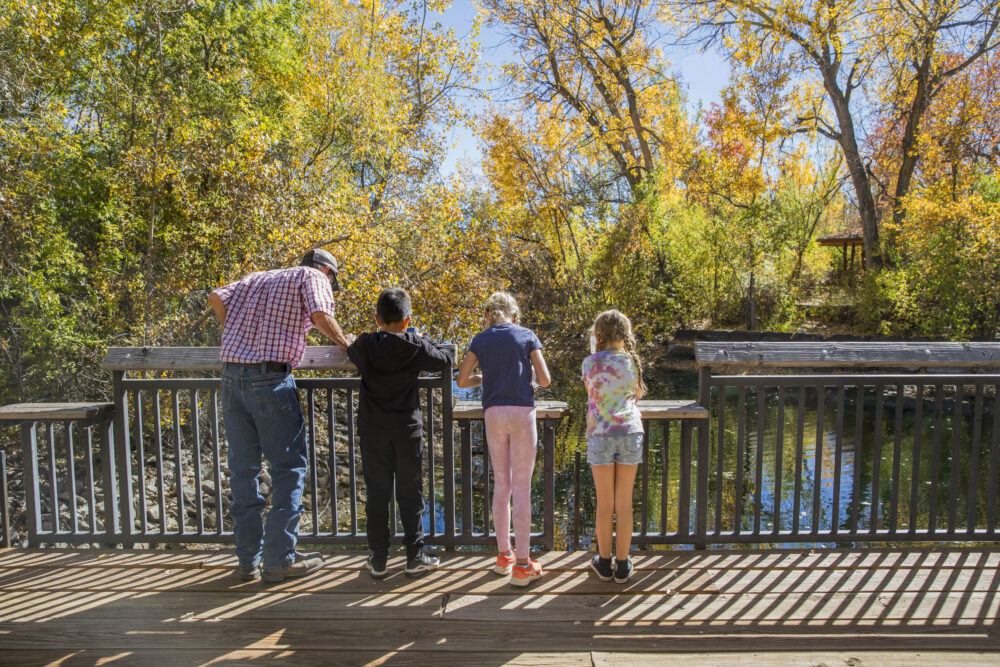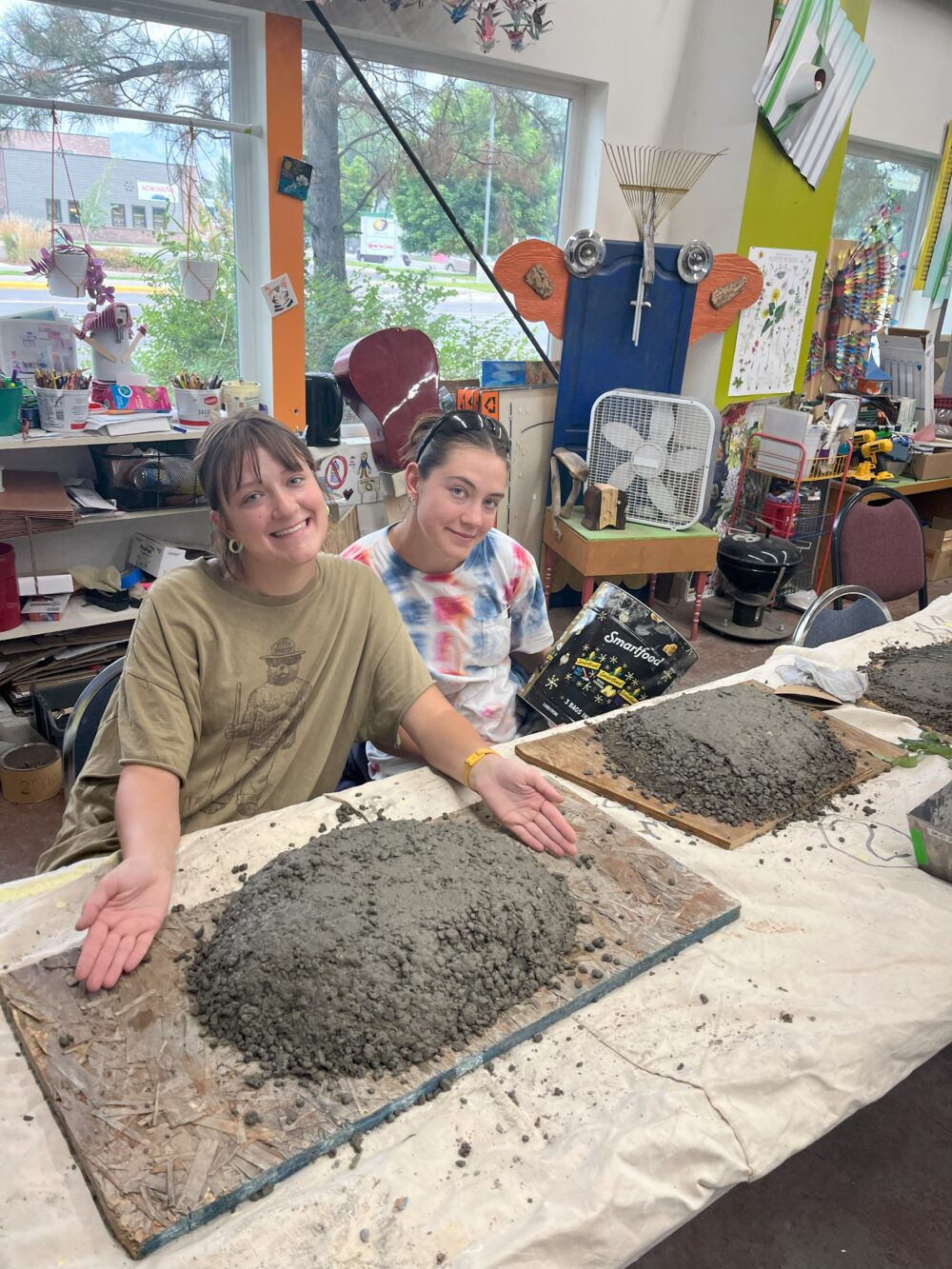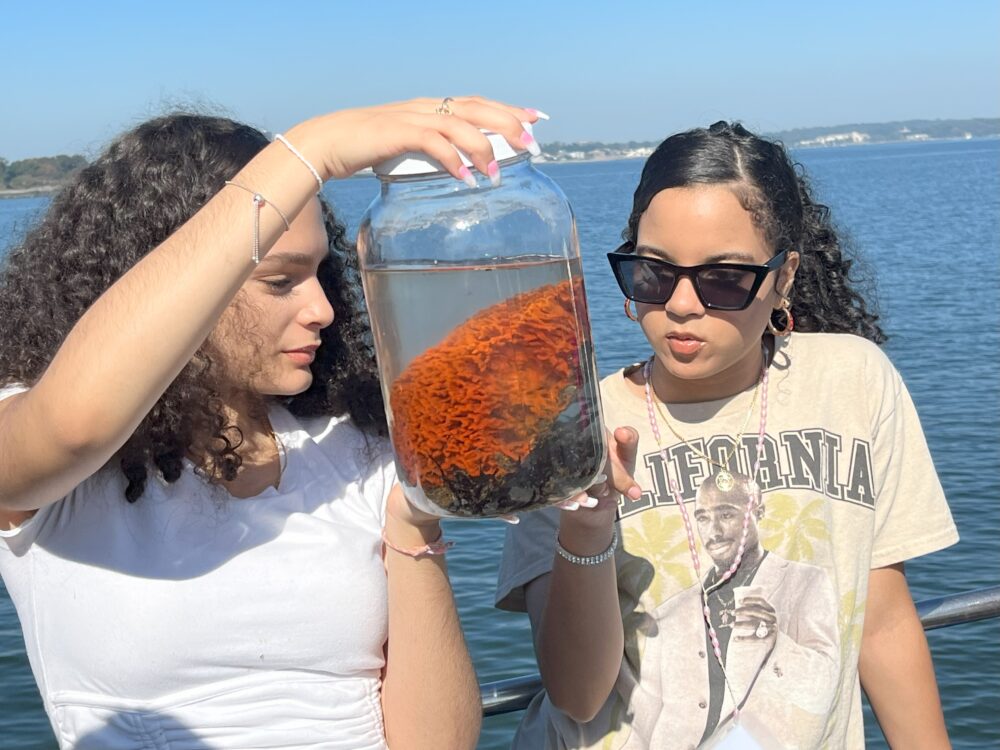We have much more to do and your continued support is needed now more than ever.
Three NYC Eco-Schools Collaborate on Green Roof Curriculum Guide
Guest post by Amy Sirot
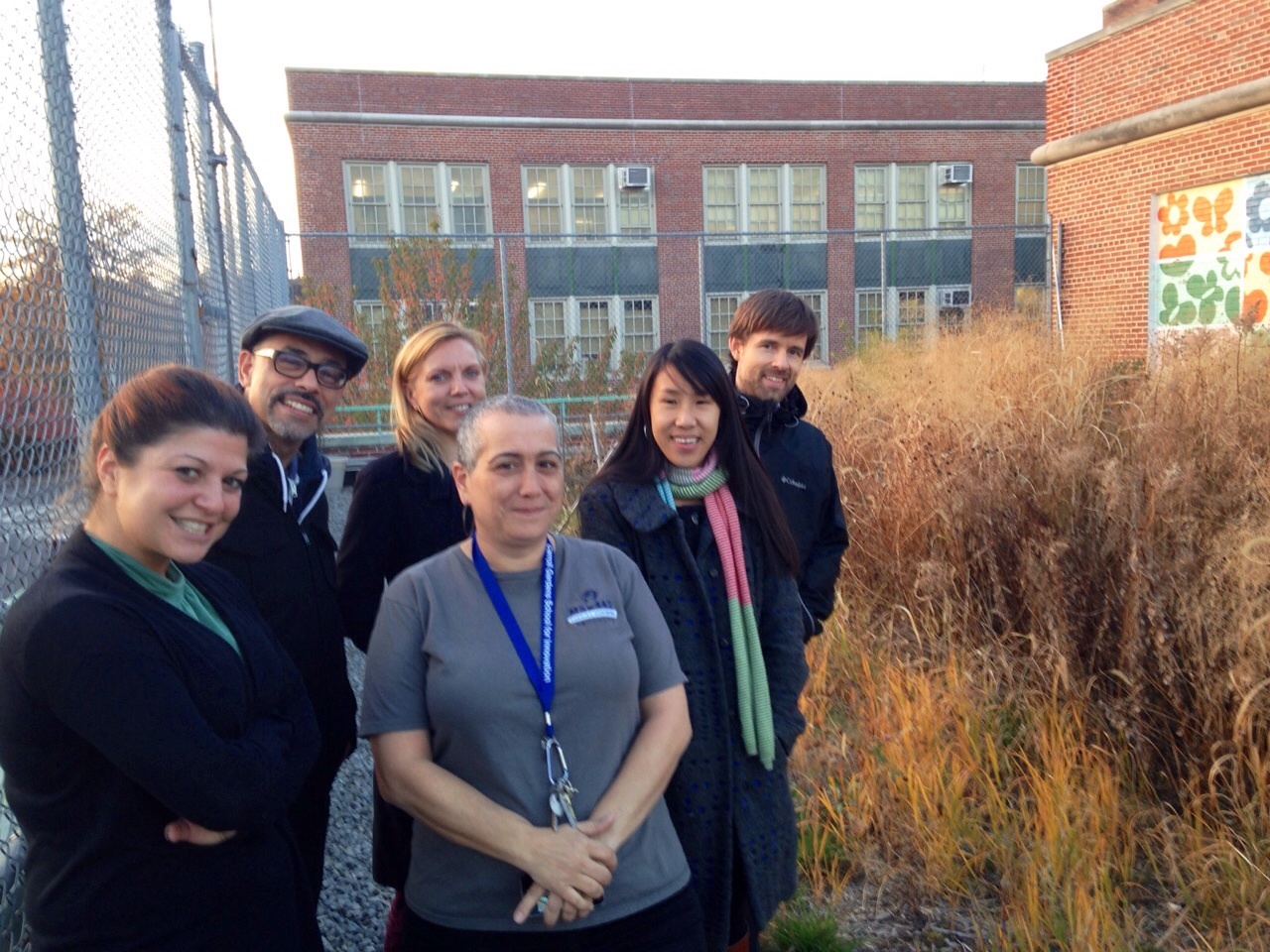
An Indiegogo campaign for the guide has been launched. If the needed funds are secured, production will begin in the summer of 2014, and the guide will be relased in the fall.
The curriculum guide is the brainchild of Vicki Sando, Environmental Science Program Developer at PS41, a K-5 school in Manhattan, and the force behind the school’s 15,000 square foot Greenroof Environmental Literacy Laboratory, or GELL, completed in August 2012.
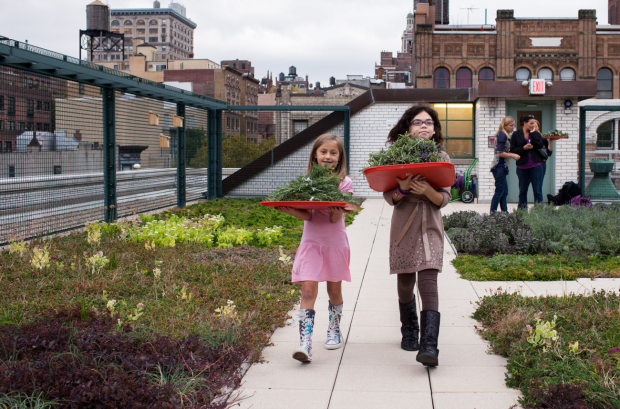
Bringing Green Roofs Into the Classroom
Indeed, outgoing Manhattan Borough President Scott Stringer published a Green Roofs report in 2010, on the heels of a symposium held at PS41, and the NYC Department of Education issued its own version at the end of 2012, with input from PS41’s team. But neither report focused on the academic opportunities inherent in these urban outdoor classrooms. Students could learn about the role of green roofs in reducing stormwater runoff, mitigating the heat island effect, and improving air quality. They could learn to grow food and compost, study weather patterns, measure rainfall, test soil quality, observe plant growth, and take a wildlife census. Extra time spent outdoors also means increased health and academic benefits.
Sando and her colleagues have already developed and implemented greenroof-focused lesson plans and have seen the benefits. The goal, she explained, is to help schools with greenroofs integrate them into their existing curriculum, and inspire other schools to install them once they see all of the ways they can enhance learning and student engagement, benefit the school facility and the environment.
“The guide will be structured so that all teachers can find a way to integrate a green roof into their instruction,” Sando added. “We will be including math, literacy, social studies, science, art, music and green building construction.”
To help with the middle and high school components of the guide, Sando turned to Eco-Schools MS 442 in Brooklyn and Bronx Design & Construction Academy, because of their successful green roof programs. Both schools enthusiastically came on board.
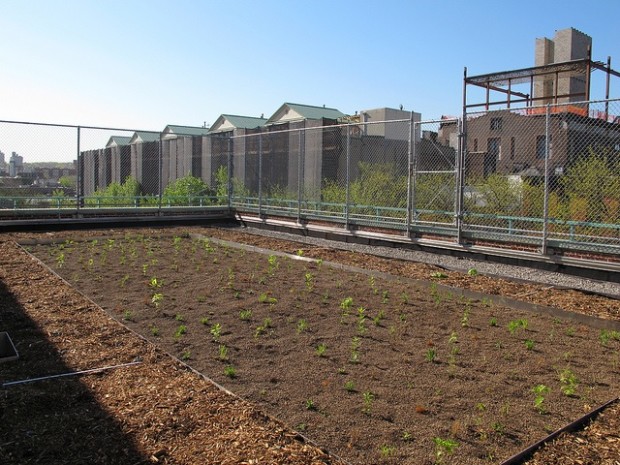
“Especially in urban areas, students don’t often get the opportunity to discover their gardening or farming talents,” said Contrino. “[A green roof] can also open the door to a student’s interest in architecture and urban planning.”
James has designed a curriculum around the roof and outdoor space for MS442 students. “In our school, we spent a tremendous amount of time aligning green roof projects to the common core standards; sharing this experience can speed the process for other schools, to continue to expand curriculum possibilities,” said Contrino.
Bronx Design & Construction Academy science teacher Nathaniel Wight said that his school uses its green roof as an environmental learning center.
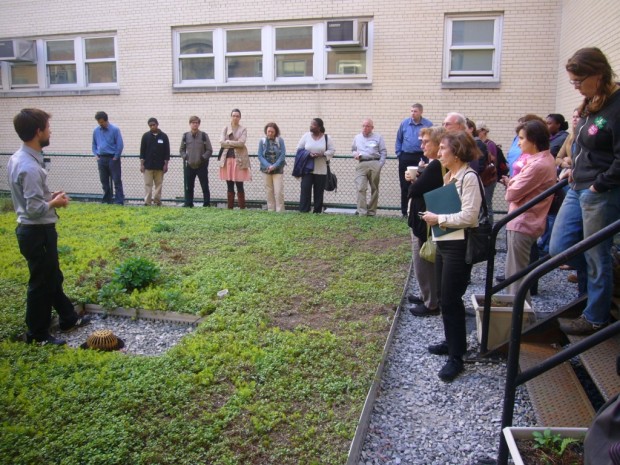
All three schools encourage teachers to incorporate the roof into their existing curriculum. At PS41, for example, the art department has students paint the skyline, while the science department teaches students about green roof and solar and wind technology, and about native butterflies and insects that live on the roof.
PS41 is a certified NWF Schoolyard Habitat and uses NWF’s Schoolyard Habitat resources to attract and support local wildlife.
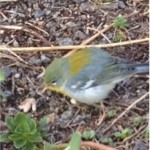
Content for the green roof curriculum guide will include sections about how to use a green roof for teaching, examples of curriculum and student work from the various schools, and contributions from industry professionals such as Chef Michael Anthony of Gramercy Tavern (who has worked closely with PS41) and officials from the NYC Department of Environmental Protection.. The NYC Department of Education Office of Sustainability, the Urban Green Building Council and NYC Eco-Schools are consulting on the project.
Everyone involved is hoping the new guide can have a transformative effect. “We hope that the guide will inspire many more schools to install green roofs,” said Sando.
Does your NYC Eco-School have a green roof or planning one? If so, tell us about it by sending an e-mail to fanoe@nwf.org. Not a registered Eco-School yet? Register your school for free here.
About the author
Amy Sirot is a journalist based in Brooklyn. She has written for Environmental Defense Fund, National Public Radio, and Appalachian Mountain Club’s AMC Outdoors. She has been an Institute for Journalism and Natural Resources Fellow, and holds a Master’s Degree in Journalism from Northwestern University.

